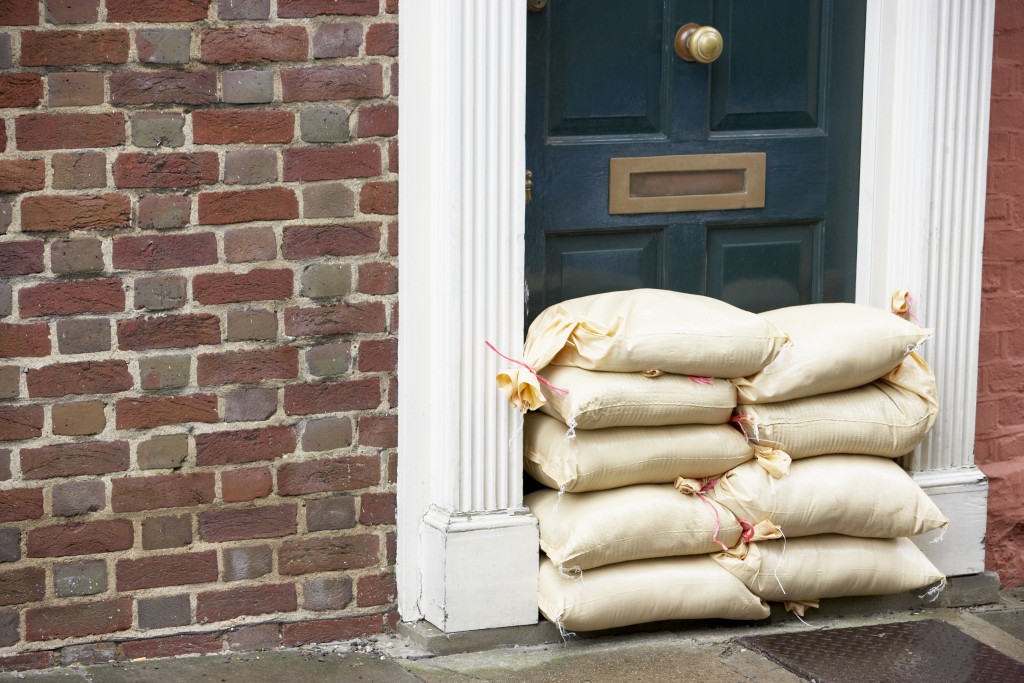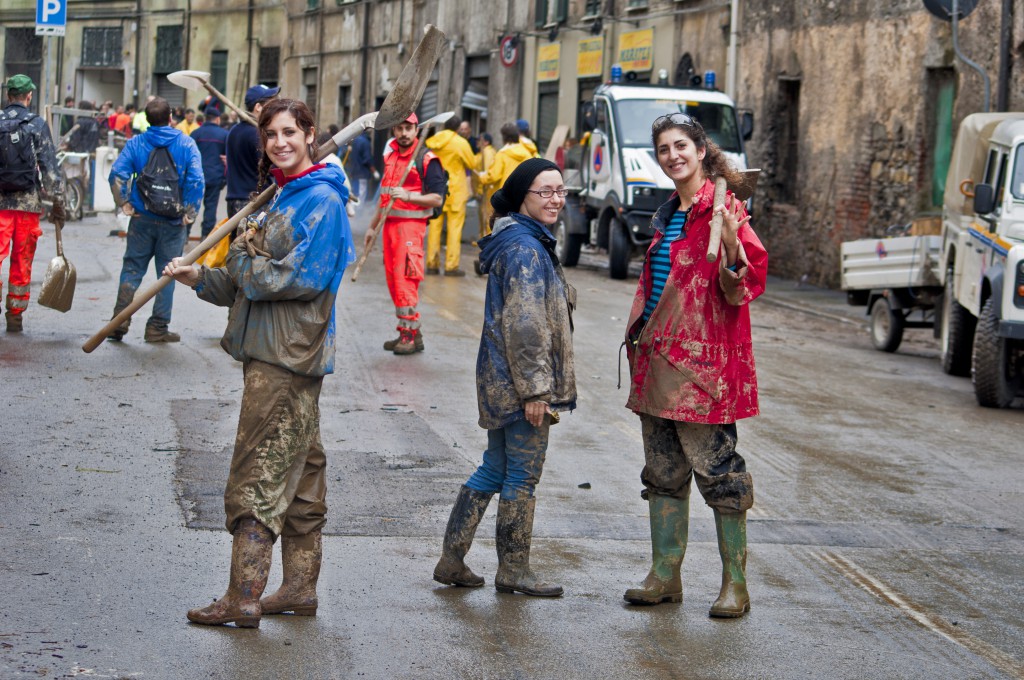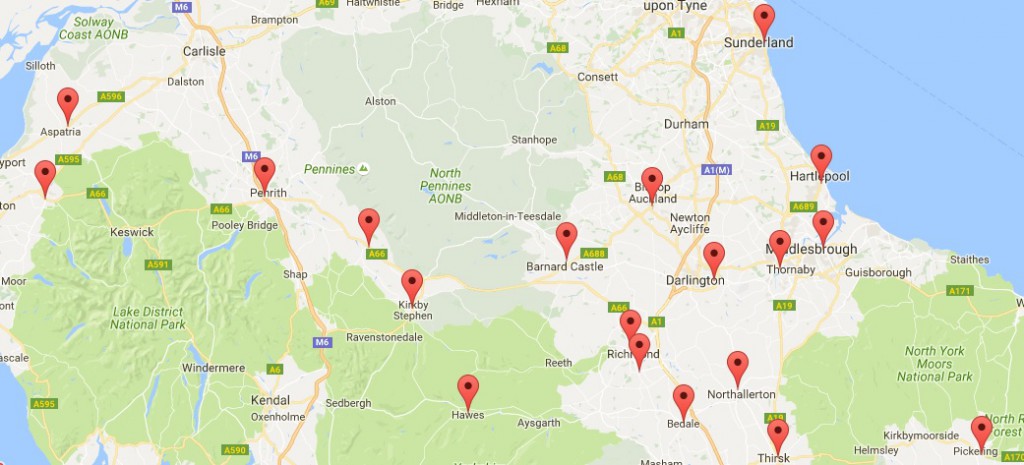In Christmas 2015, some of the worst floods on record plunged the North of England in to utter chaos, damaging homes, cars, business property and flood defences.
Many people who were effected by the floods are still without a home, and are having to live with friends and family, or in some cases, in high cost hotels and alternative accommodation.
Some residents have managed to move back in to their property, though many are in fear that the same damage will happen again.
If you’re worried about flooding and you need help preparing your home, or your property has already been damaged and you need advice on modifying it so it doesn’t happen again, we can help.
Read on for more information:

Modify Your Home To Withstand Flooding
Once you’ve gone back in to your home, you’ll need to start thinking of ways to modify it. Here are a few examples:
1) Determine how water flows around your house - Called the grading or slope, the angle of the ground can direct water to or away from your house. Obviously, it's best if the home was built so that water drains away from the building. If your street is prone to standing water even after a fairly ordinary rainstorm, talk to your county planning or environmental services department.
2) Adjust electrical sockets - Raise switches, sockets, circuit breakers and wiring at least a foot above the expected flood level in your area. You should also modify your water heater and any other anchored indoor equipment so that it sits above your property's flood level.
3) Anchor and raise outdoor equipment – Fuel tanks, air-conditioning units and generators should be anchored and raised above your flood level.
4) Take last minute measures as waters rise –
- Clear gutters, drains and downspouts.
- Move furniture, rugs, electronics and other belongings to upper floors, or at least raise them off a ground floor.
- Shut off electricity at the breaker panel
- Elevate major appliances onto concrete blocks if they're potentially in harm's way from flooding.
Come Together

When a community needs to be strong, they usually come together and create wonders. Far more homes would have been flooded in 2015 if it wasn’t for local residents helping each other out.
Build up huge ‘sand bag’ walls close to the hardest hit areas of last year. If you start now, you won’t end up regretting it later. Don’t forget to speak to local councillors for permission first though.
Set Up A Just Giving Page
If you know someone who has had their life turned upside down by flooding, or they just need help buying flood defences, why not set up a ‘Just Giving’ page for them?
Click here for more information.
Visit a JT Atkinson store near you

In case you didn’t know it yet, we have stores all across the North of England. From Pickering, Thirsk and York to Sunderland, Penrith and Cockermouth, we have stores in close proximity to some of the hardest hit areas of last year. (See below)
We also have a fantastic range of anti-flood products to help you out.
For more information about our stores, click on our branch locator.
Damage caused during the Christmas floods of 2015:
- Some of the worst flooding occurred on the night of Christmas Day 2015 and throughout Boxing Day across Lancashire and Yorkshire. On Boxing Day, homes were evacuated in Calder Valley, West Yorkshire, and in Ribchester and Whalley, Lancashire. According to the Environment Agency, every river in Lancashire peaked at their highest levels since records began.
- Flooding caused at least two explosions in Radcliffe, Greater Manchester, as gas mains were ruptured. One explosion and a subsequent fire occurred as a result of a footbridge being swept away by the River Irwell, with footage of the incident being widely shared on social media. Floodwater also entered an electricity sub station in Hebden Bridge producing a fire.
- In Summerseat, Greater Manchester, a historic 200-year-old pub on a bridge over the River Irwell close to the East Lancashire Railway partially collapsed into the river as it burst its banks on 26 December. The Irwell also burst its banks downstream in Manchester city centre.
- Around 3,000 homes were left without power in North and West Yorkshire on 26 December as a result of an electricity substation being flooded. Most of the power outages occurred in the Calder Valley and around Bingleyand Skipton, with substation owners Northern Powergrid stating that their engineers cannot safely reach the substations to assess the damage due to rising floodwaters.
- In Leeds, the River Aire flooded over its banks causing flooding in the Kirkstall Road area of the city, blocking a main route into the city.
- A total of 7,574 homes across the north of England were without power by 0800 GMT on 27 December. Around 5,500 of these homes without power were located in the town of Rochdale in Greater Manchester, where a major electricity substation was flooded.
- As a result of power outages in Rochdale, electricity customers were told to limit their electricity usage to prevent further blackouts, for example by switching off their Christmas lights. Electricity provider Electricity North West warned that some homes may be without power until 28 December.
- In York, the Environment Agency were forced to open the Foss Barrier which has protected the city centre since 1987, as the control room had become flooded and the pumps were in danger of failing. To prevent the River Foss backing up and causing flooding, the Agency raised the barrier, allowing the flood waters from the River Ouse to move up the Foss. The action caused some 600 households in the city to flood whereas the Environment agency estimated 1800 homes would have flooded were the barrier not lifted.
For additional information on defending your home against the elements, click here.

